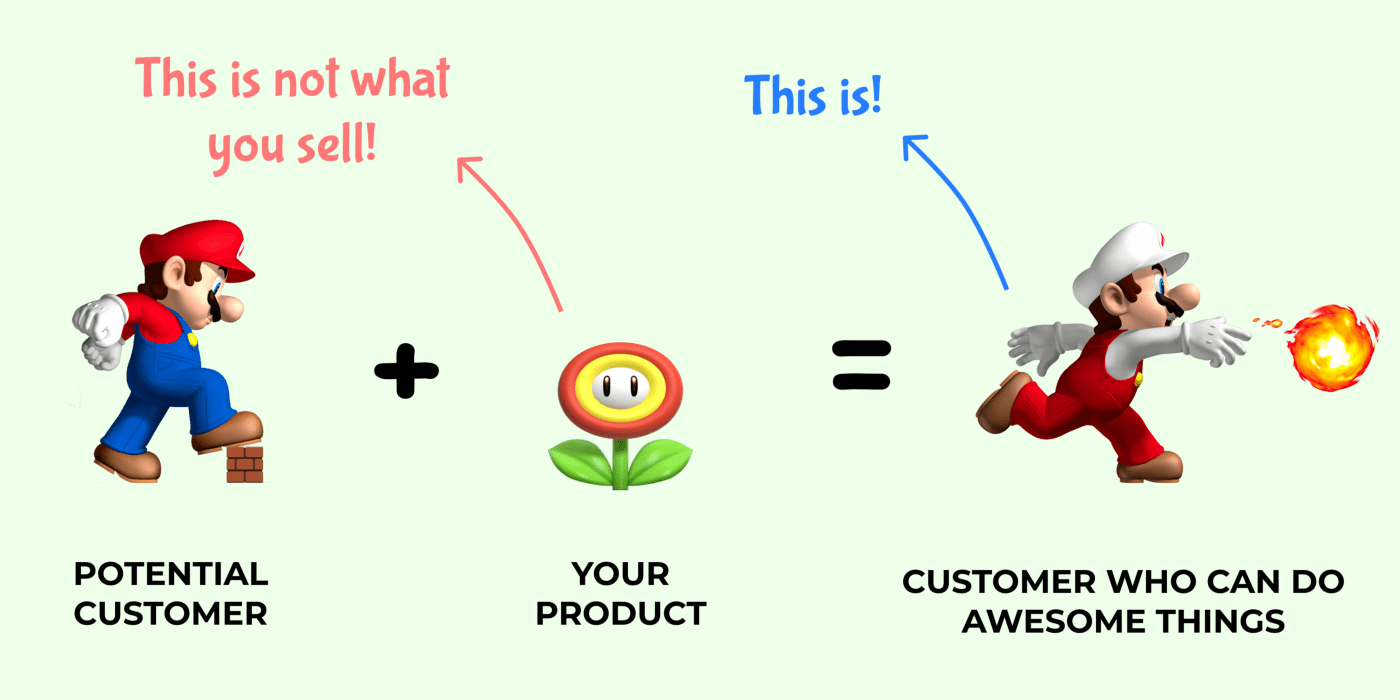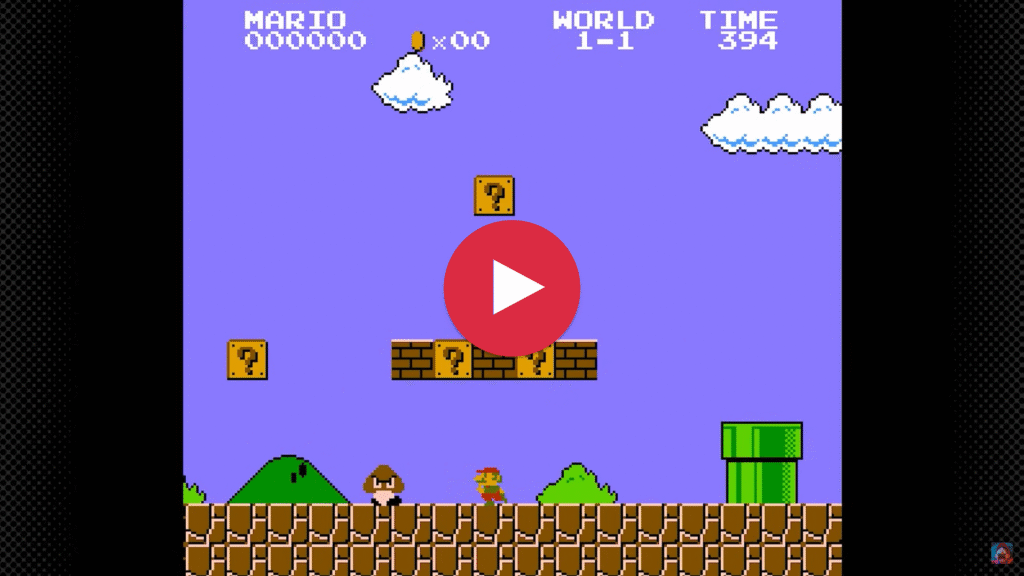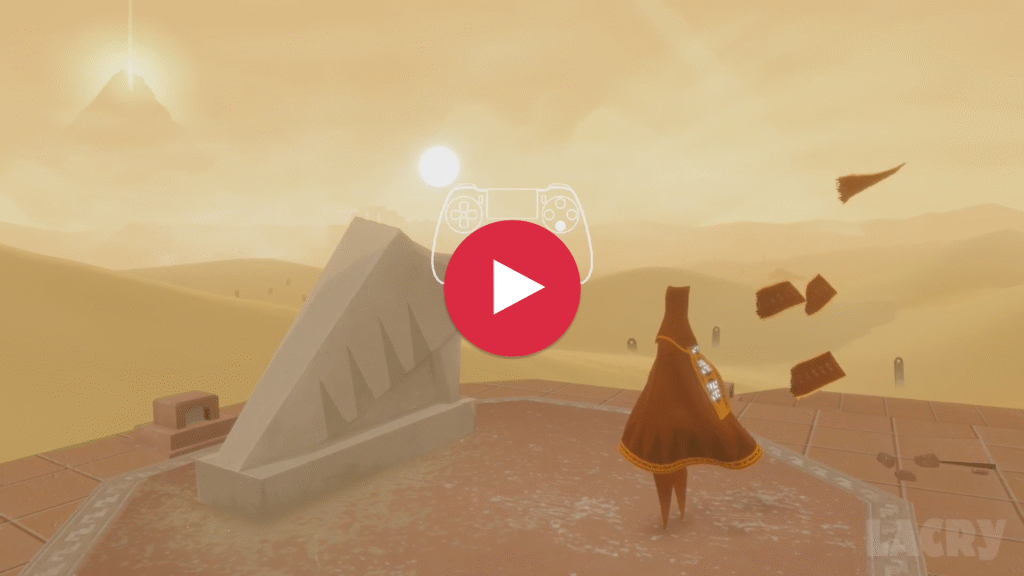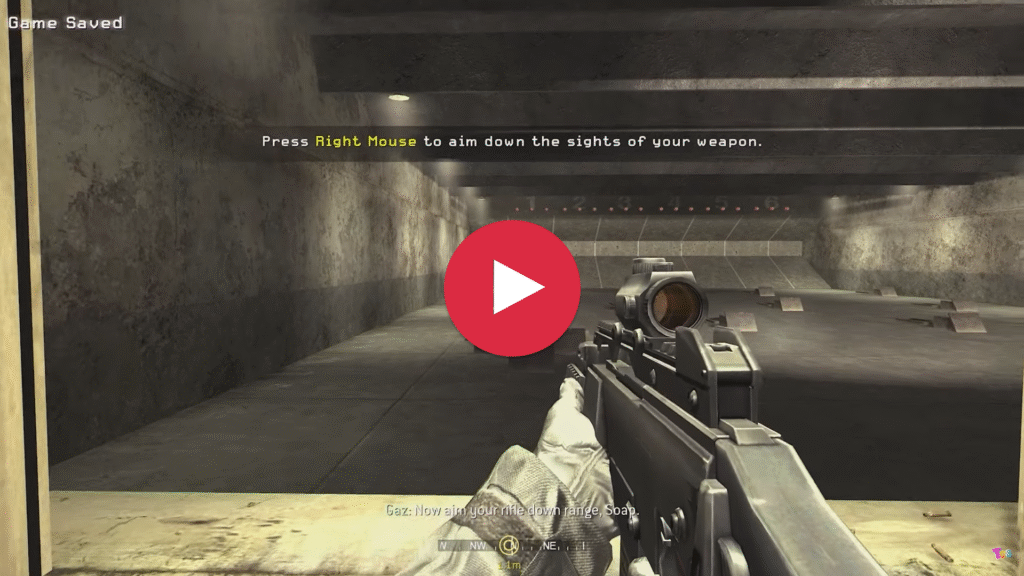In the world of video games, onboarding is not just a feature it’s a critical moment of truth. It determines whether your player stays or leaves within the first 60 seconds. The first minute of gameplay can define the lifetime value of a player. This is why onboarding should never be taken lightly. It’s one of the most essential parts of game design and player experience.

What Is Game Onboarding ?
Game onboarding is the process that introduces new players to your game. It covers the basic controls, explains key features, and most importantly, provides motivation for why the player should care. But it’s not just about giving instructions it’s about delivering that information in a way that feels fun, natural, and integrated into the gameplay.
Motivation First: Why Should the Player Care ?
One major mistake in onboarding is focusing too much on how to play and forgetting why. The best onboarding gives players a reason to play right away. That can be story driven (“You’re humanity’s last hope!”), challenge driven (“Beat this boss and unlock new worlds!”), or progression driven (“Level up to gain epic powers!”).
The moment a player understands what makes your game exciting, they’re more likely to continue even if they haven’t mastered the controls yet.
Keep It Seamless: Players Don’t Want a Lecture
Many players don’t want to sit through a tutorial. They want to jump straight into the action. That’s why modern onboarding needs to be seamless, fast, and practical. Avoid overwhelming the player with too much information at once. Instead, teach through play.
Games like Portal, Journey, or Hades excel at this. Players are already moving, jumping, and fighting all while learning the game mechanics organically. The onboarding blends into the gameplay so smoothly that many players don’t even realize they’re being taught.
What Should Onboarding Include ?
At minimum, onboarding should include:
- Basic Controls – How to move, interact, shoot, or build.
- Game Features – What’s unique in your game, why is it different ?
- Player Motivation – What’s the goal, why should they care ?
- Smooth Integration – Teach without breaking immersion.
- Reward Feedback – Make progress feel like an achievement.
Examples
1. Super Mario Bros (1985)
Onboarding Focus: Teach by doing, zero text.
The original Super Mario Bros. is a masterclass in intuitive onboarding. In the very first screen:
- Players see a Goomba coming → learn how to jump.
- They hit a block → get a coin.
- They find a mushroom → learn about power ups.
No tutorials. No instructions. Just smart level design that naturally teaches you everything.
2. Journey
Onboarding Focus: Seamless discovery, emotional motivation.
Journey teaches players how to move and jump using visual cues in the environment. There’s no UI, no tutorial text, but players feel guided because of lighting, camera angles, and the flow of terrain. Emotional music and minimalist design motivate players to explore.
The result: an emotional connection in minutes.
3. Call of Duty: Modern Warfare
Onboarding Focus: Immersive tutorial wrapped in narrative.
The onboarding takes place during a training sequence inside a military base. It teaches aiming, crouching, and using weapons within the context of a mission. It feels like part of the story not a separate tutorial.
This approach keeps immersion high while preparing the player for actual gameplay.
Make It Fun and Rewarding
Each time the player completes a part of the onboarding, reward them. This could be:
- A cool animation
- A badge or achievement
- A small power up or item
- A short piece of lore or narrative payoff
These mini rewards create a sense of personal achievement, making the player feel good about their progress. That emotional feedback is crucial. It transforms a passive tutorial into an epic experience.
Epic, Not Obvious
Great onboarding doesn’t feel like a tutorial. It feels like the beginning of an adventure. Whether it’s escaping from a crumbling lab, being dropped into an open world, or surviving a first fight, onboarding should feel like part of the story not a pause before the fun begins.
Give Rewards Along the Way
Every small success should feel rewarding. Use:
- XP points
- Cosmetic items
- Story reveals
- Badges or achievements
- Visual celebration (particle bursts, sound cues)
These micro rewards build momentum. Players feel smart and capable, increasing the chance they stick with your game.
Conclusion
If you’re designing a game, your onboarding is your first impression and you only get one. Make it count.
- Game onboarding is critical never skip or rush it.
- The first minute of gameplay can make or break retention.
- Motivate players by showing them why the game matters.
- Make onboarding seamless, fun, and practical.
- Use rewards to create a sense of personal accomplishment.
- Wrap it all in an epic experience that doesn’t feel like a tutorial.


